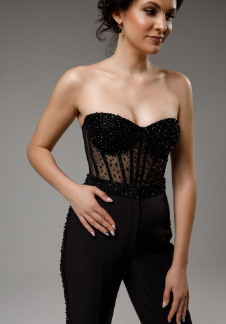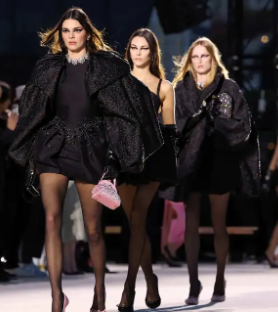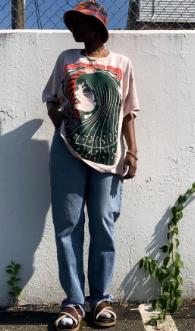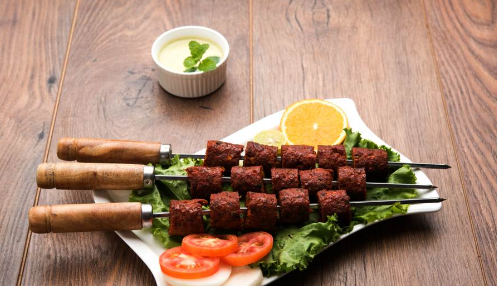
Corsets have been a controversial garment for centuries, with opinions ranging from admiration to condemnation. While some may view corsets as a symbol of oppression and body modification, others see them as an elegant and fashionable accessory. Whether you’re interested in the historical significance or the fashion statement, corsets have a rich and complex history that is worth exploring.
The corset, also known as a stays or a bodice, is a garment designed to shape and support the torso. Corsets have been worn since the 16th century, with the first corsets being made from stiffened linen or whalebone. The corset’s purpose was to create a smooth and structured silhouette, emphasizing a narrow waist and a rounded bust.
Over the centuries, corsets evolved in style and construction. In the 19th century, the hourglass silhouette became popular, with corsets featuring a more pronounced waist and a lifted bust. This trend led to extreme waist reduction, with some corsets being designed to reduce the waist by up to 10 inches. While this was considered fashionable at the time, it was also considered harmful to women’s health.
In the early 20th century, corsets began to fall out of fashion, as women’s clothing became less restrictive and more practical. However, corsets continued to be worn by some women, particularly in the fetish and BDSM communities. Today, corsets are experiencing a resurgence in popularity, with many women wearing them as a fashion statement.
There are many types of corsets, ranging from the traditional steel-boned corset to more modern designs made from stretch fabrics. Some corsets are designed to be worn under clothing for waist cinching, while others are meant to be worn as outerwear. Corsets come in a range of styles, from classic Victorian to modern gothic.
While corsets are often associated with discomfort and even pain, modern corsets are designed with comfort in mind. High-quality corsets are made with flexible steel boning that molds to the wearer’s body, providing support without causing discomfort or restriction. Many corsets are also designed with adjustable lacing, allowing for a customized fit.
There are also health benefits to wearing a corset. For women with larger busts, corsets can provide support and alleviate back pain. For some individuals, corsets can provide postural support and improve breathing.
In conclusion, corsets have a complex and fascinating history that has evolved over the centuries. While corsets have been associated with body modification and oppression, they have also been celebrated for their fashion and health benefits. Whether you’re interested in wearing a corset for fashion or health reasons, there are many options available that can provide support and style in equal measure.









